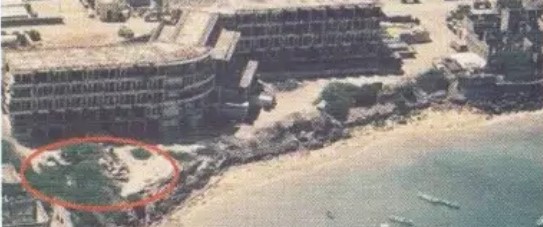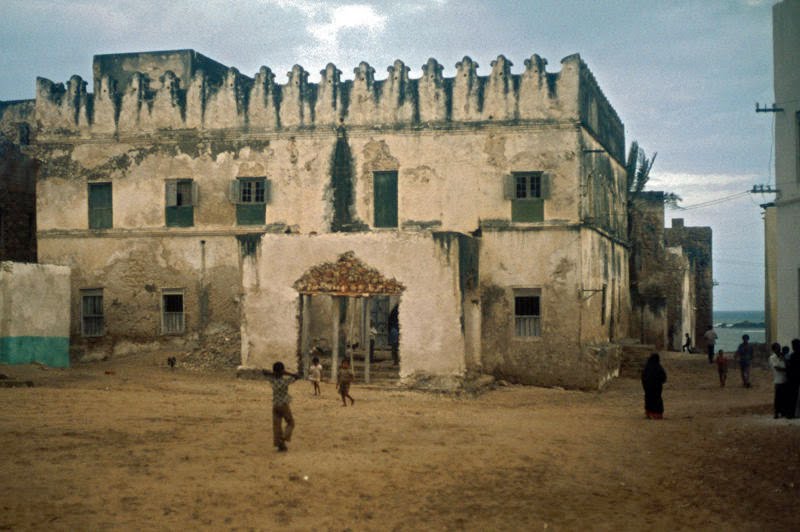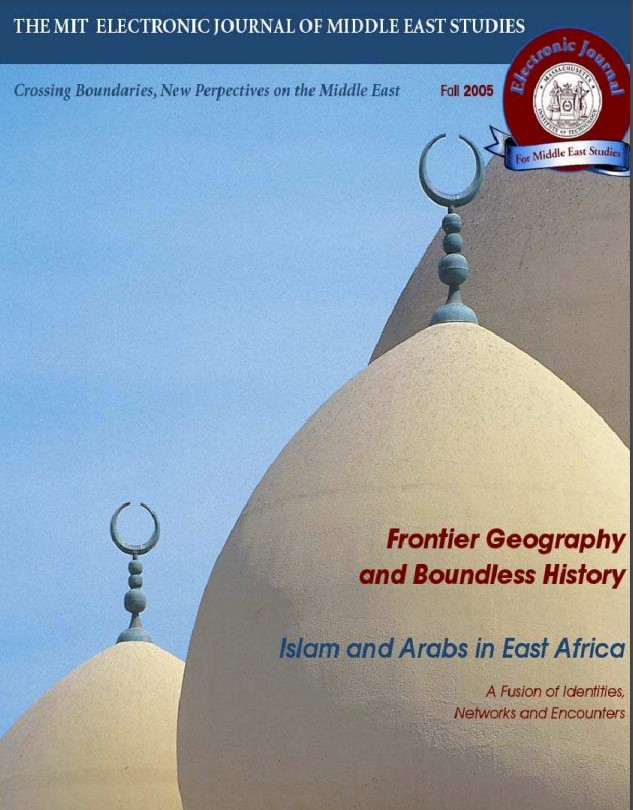Sheikh Ahmed bin Haji was a Banadiri scholar in the late 19th century, he rose to prominence based on his defiance and long resistance against Italian Colonial rule and also being a religious reformer.
Biography
Sheikh Ahmed bin Haji Mahdi bin Amin bin Aweis [better known as Shaikh Ahmed Haji al-Fadili] was born in Hamar presumably in the third decade of the nineteenth century where he received all his education there, he was one of the distinguished students of Sheikh Abu bakr bin Mihdār, who was known as Shaikh al-Mashaikh (Shaikh of all Shaikhs). One of his colleagues in education was Sheikh Sufi and Sheikh AbulAziz al-Amawi. Shaikh Ahmed was born into the Baharsufi subclan of Bandhabow and a follower of the Qādiriyyah tarīqa. Besides being one of the most famous Banadiri anti-colonial resisters he was also an accomplished scholar in Islamic law. However, contemporary historians, writers, and also the scholars have not concentrated their research on the history of his struggle or did not give due merit to him.
His Teachings
Shaikh Ahmed Haji lectured to defend his beliefs in various famous Masajid (Mosques) in the Banadir quarters of Mogadishu, such as the Jama’ Hamarwein (Friday Mosque), Masjid Fakhruddin, Masjid Arba’ Rukun, and other Masajid in Shingani. He was well known for his Anti-Colonial views expressed in his khutab (rallies). He condemned the Italo-Zanzibar treaties, which handed over the Banadir ports, including Mogadishu, and the inland territory to the Italians as colonial possessions. To show his holy defiance, he abandoned Mogadishu, and regarded it as Darul kufr (Land of the disbeleivers), in what he called a hijra (thus, replicating the Prophet’s Hijra to Medina) to Nimow, about 15 kilometers North of Jazira on the coast, which he proclaimed Darul Islam (Land of Islam). There he established the Jama’adda Nimow (the Nimow Brotherhood) and he lived there with his family. And there he gained wide capabilities, and he become a very influential person, at times his influence superceded the sultans and rulers and was highly revered amongst them, not only Wa’dan but also of other surrounding tribes and especially of the Geledis, who would easily follow him over their respective sultans.
Italian Colonial Resistance
However, on 20 April 1897, when the Italians bombarded Nimow in retaliation for the Lafoole Massacre of November 1896, Sheikh Ahmed fled with his akhwan (followers) to Daay Suuf, an inland village of the Wa’dan clan where he was welcomed and promised full support, he settled there permanently and vowed never to set foot in the places where the Christians resided. The Italians put Sheikh Ahmed on their “most wanted list” as a dangerous militant and leader of the Lafoole Massacre. He taught and trained many young Wa’dan warriors and most of his talaba (students and disciples) were from this clan. The Abukar Moldhere, a Wa’dan subclan, indeed was the first to oppose the Italians in the Banadir coast.
His Death
Shaikh Ahmed died at the beginning of the 20th century in Daay Suuf, where his shrine is to be found, today, he is a revered saint whose Mosque-tomb is the site of an annual commemoration known as “Ziyara Shaikh Ahmed Haji”.
There is a famous saying immortalized in the minds of his followers and the general public which went as,
“Shiin dhigoow Sheikh Axmed Xaaji Shiiki sheydaan miyaa?”, this translated to, “Is the teacher of shiin (the Koranic verse), Shaikh Ahmed Haji, like the devil Cecchi?”.
Antonio Cecchi was an Italian Administrator of the Banadir Coast in 1896, he took over this role from Vincenzo Filonardi.
Written By Zakaria Al-Showki










